The Relevance of Third Party Charter Violations
R. v. Guindon (the relevance of 3rd party charter violations)
[2015] O.J. No. 7169
In this case the issue to be determined was whether evidence obtained in violation of the Charter rights of a third party should be excised from affidavits and ITOs that were used to obtain orders that do engage the applicants’ privacy interests.
The Crown took the position that “in relation to unconstitutionally obtained evidence, an applicant can only seek excision of it if it involved an infringement of his personal Charter rights”. In support, the Crown cites Chang, [2003] O.J. No. 1076, an ONCA decision. In Chang, the ONCA found that the applicants did not have the standing to challenge certain Quebec authorizations where they were not the named party. The Crown takes this decision to stand for the proposition that an applicant can never “challenge a search warrant or wiretap authorization based on a violation of a third party’s Charter rights.”
L.A. BIRD J rejects this proposition, and notes that in Chang the applicants engaged in a full Garafoli review, unlike this case where the applicants are challenging the validity of the evidence upon which the authorizations are based. In fact the Judge notes that Chang also acknowledged the applicants’ right to question the evidence upon which their authorizations are based, and this is something distinct from a full Garafoli review.
The Judge notes that there are other cases that support the Crown’s view, but these are against the tide of general jurisprudence in Ontario. The judge states as a matter of law that
· “The law clearly requires the excision of all references to evidence that was obtained in violation of an applicant’s Charter rights: R. v. Grant, [1993] S.C.J. No. 98, R. v. Plant, [1993] S.C.J. No. 97 and R. v. Wiley, [1993] S.C.J. No. 96.”
· “The law is well established that all erroneous material must be excised from an affidavit on a Garofoli review (R. v. Araujo, [2000] S.C.J. No. 65 at paragraphs 57 and 58).”
In conclusion, the Judge disagrees with the Crown’s position and grants the application. The Judge finds that the Applicants are entitled to challenge any unconstitutionally obtained evidence, and it is irrelevant whether they are the named party or a third party in the authorization in question.



